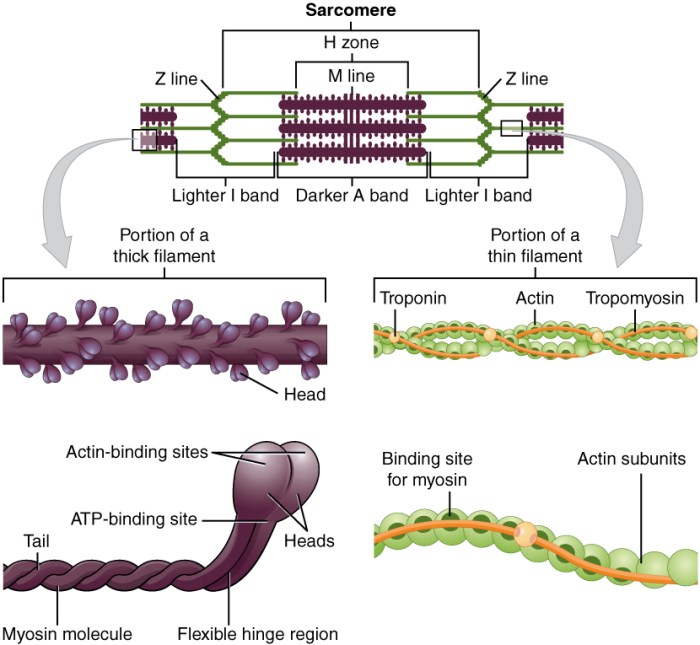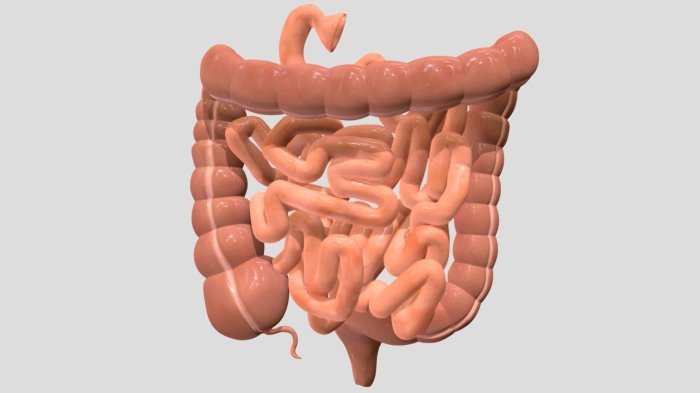Embark on an artistic journey with the art-labeling activity: structure of a skeletal muscle fiber. This interactive exercise invites you to delve into the intricate organization of muscle fibers, unlocking the secrets of muscle contraction and movement.
Prepare to decipher the components of a skeletal muscle fiber, from the protective sarcolemma to the contractile myofibrils. Each element plays a crucial role in the symphony of muscle function, orchestrating the power and precision of movement.
Skeletal Muscle Fiber Structure: Art-labeling Activity: Structure Of A Skeletal Muscle Fiber

Skeletal muscle fibers are the basic units of skeletal muscle. They are long, cylindrical cells that contain multiple nuclei and are surrounded by a sarcolemma, a specialized cell membrane. The sarcolemma invaginates to form transverse tubules (T-tubules), which allow for the rapid transmission of electrical impulses throughout the cell.
Within the sarcolemma, the muscle fiber contains numerous myofibrils, which are composed of repeating units called sarcomeres. Sarcomeres are the basic contractile units of muscle fibers and are composed of two types of filaments: actin and myosin.
Sarcomere Structure
The sarcomere is the repeating unit of the myofibril. It is composed of two thick myosin filaments flanked by two thin actin filaments. The myosin filaments are composed of a tail region and two globular heads, which bind to actin filaments during muscle contraction.
The actin filaments are composed of a helical arrangement of actin monomers. Each actin monomer has a binding site for myosin heads. The actin filaments are also bound to tropomyosin and troponin, two regulatory proteins that control muscle contraction.
Sliding Filament Theory of Muscle Contraction
The sliding filament theory of muscle contraction explains how muscle fibers shorten during contraction. When a muscle fiber is stimulated, calcium ions are released into the sarcoplasm, the fluid that fills the muscle fiber. The calcium ions bind to troponin, which causes a conformational change that exposes the myosin binding sites on the actin filaments.
The myosin heads then bind to the actin filaments and undergo a power stroke, which pulls the actin filaments toward the center of the sarcomere. This shortening of the sarcomere causes the muscle fiber to contract.
Art-Labeling Activity
The following art-labeling activity allows students to identify and label the different structures of a skeletal muscle fiber.
- Materials:
- Diagram of a skeletal muscle fiber
- Labels for the different structures
- Glue or tape
- Instructions:
- Print out the diagram of a skeletal muscle fiber.
- Cut out the labels for the different structures.
- Glue or tape the labels to the correct structures on the diagram.
| Structure | Label |
|---|---|
| Sarcolemma | A |
| Myofibril | B |
| Sarcomere | C |
| Actin filament | D |
| Myosin filament | E |
| T-tubule | F |
| Sarcoplasmic reticulum | G |
Extensions, Art-labeling activity: structure of a skeletal muscle fiber
The following are some suggestions for extending the art-labeling activity:
- Create a 3D model of a skeletal muscle fiber.
- Research the different types of muscle fibers.
- Investigate the role of calcium ions in muscle contraction.
Understanding the structure of muscle fibers is essential for understanding muscle function. Muscle fibers are the basic units of muscle tissue, and their structure determines their function. By understanding the structure of muscle fibers, we can better understand how muscles work and how to improve their function.
Expert Answers
What is the significance of understanding muscle structure?
Understanding muscle structure is essential for comprehending muscle function, movement mechanics, and the development of targeted interventions for muscle-related disorders.
How does the art-labeling activity enhance learning?
The art-labeling activity provides a hands-on, visual approach to learning muscle structure, fostering deeper engagement and retention of information.


